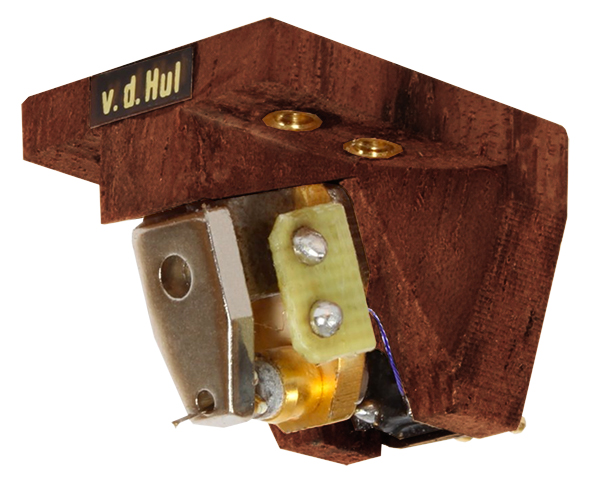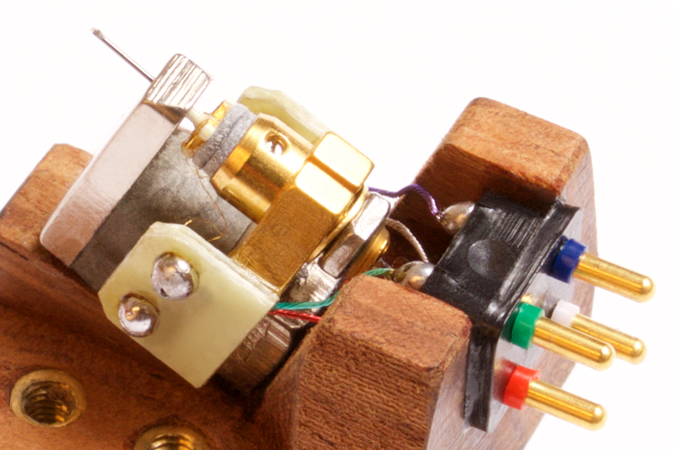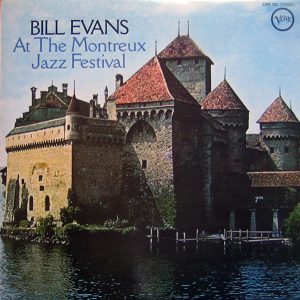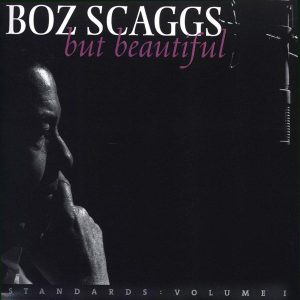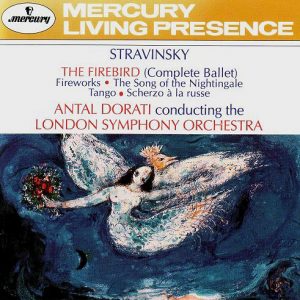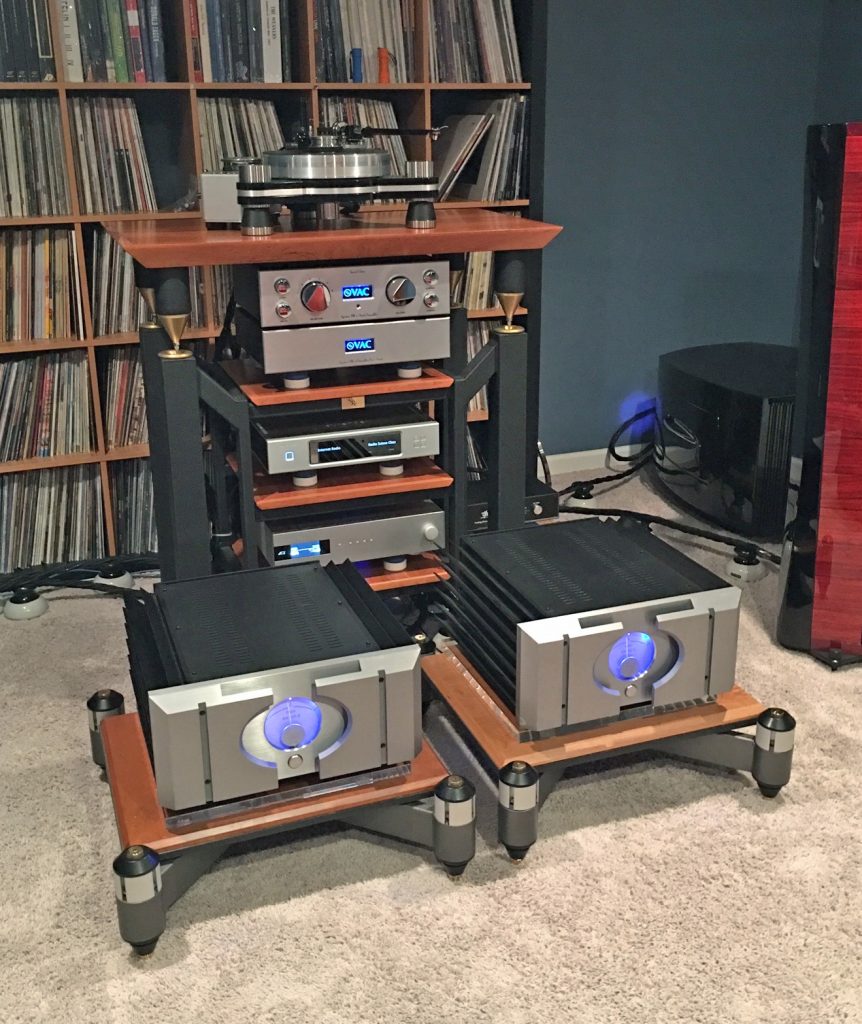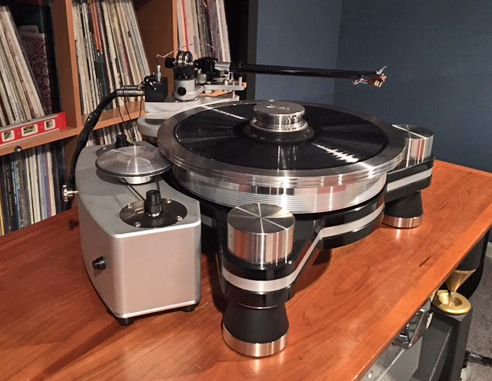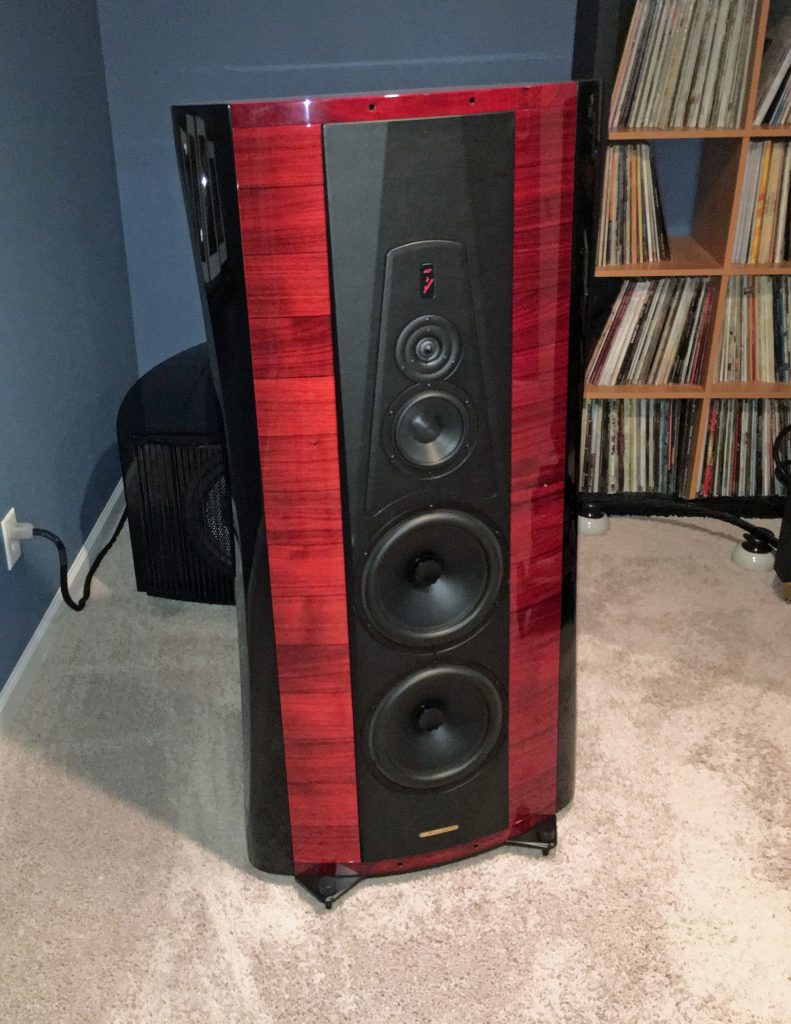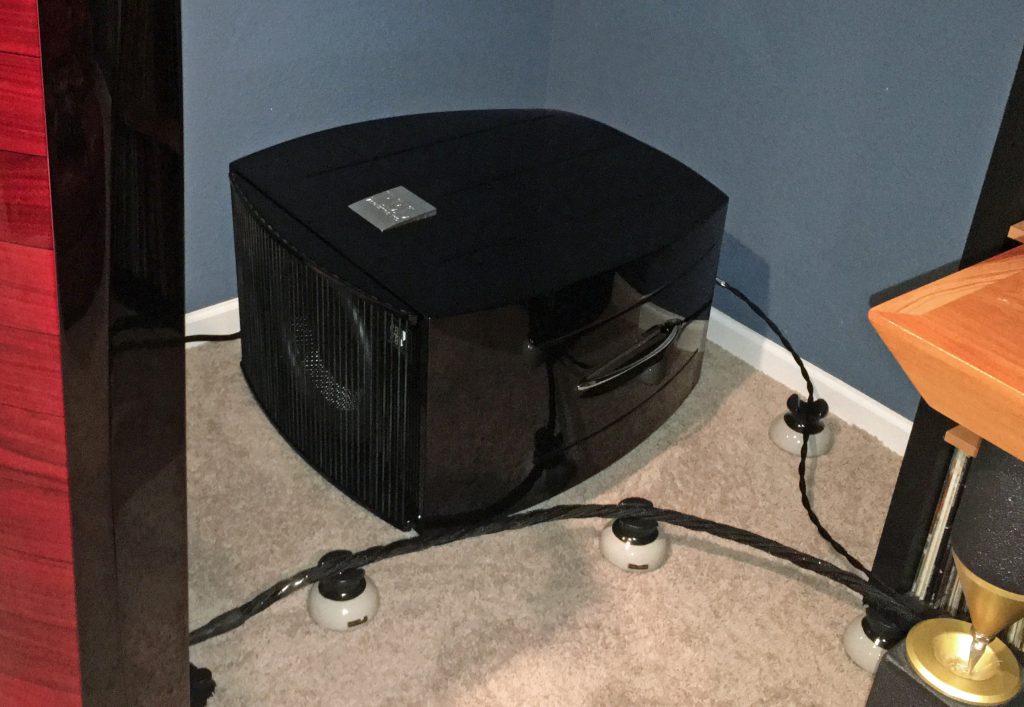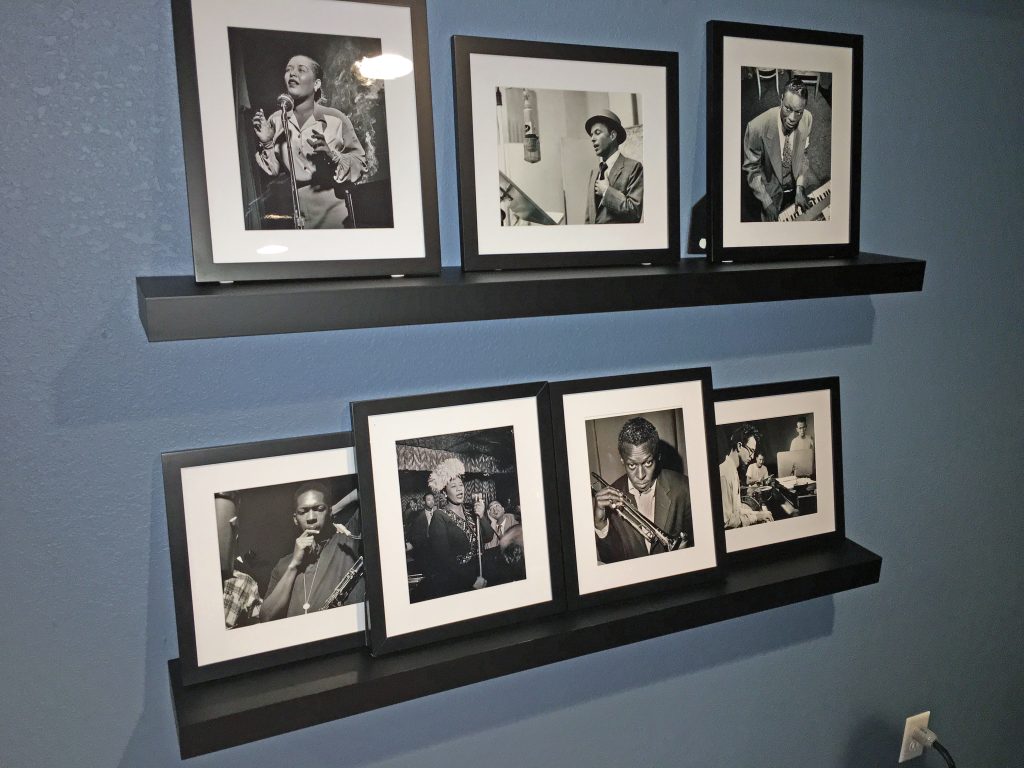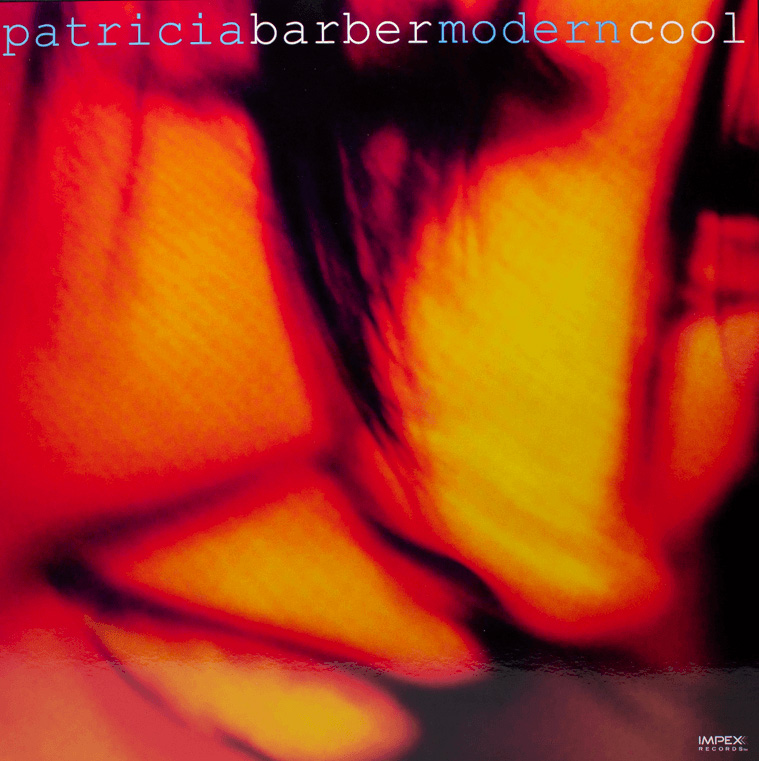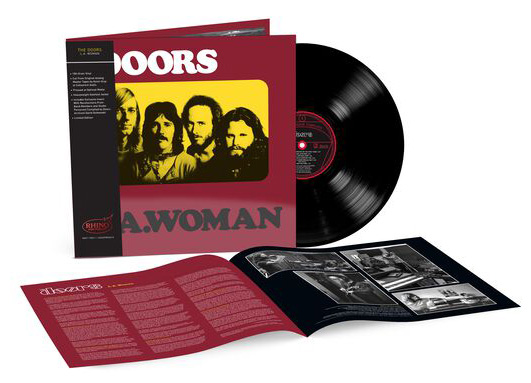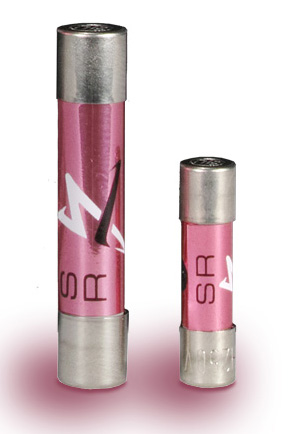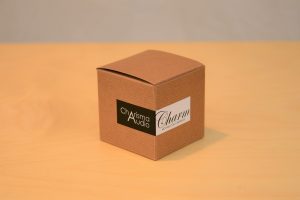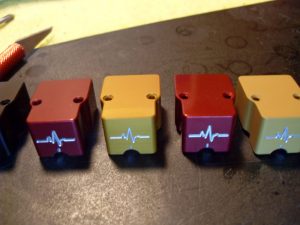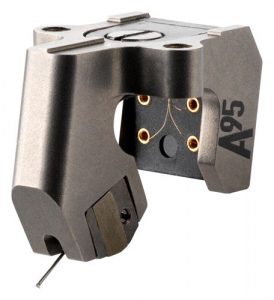I am very excited about this review. I have been a big fan of the van den Hul (vdH) product line for many years. That includes cartridges, cable, electronics and accessories. A.J. van den Hul is clearly an industry icon. His company has been operating since 1980 and his legacy continues to grow and shine brightly. In many respects, Mr. van den Hul has set an example for both innovation and design that has few peers in the industry. Sorry for all the accolades, but his efforts have been that impressive.
I do have some personal experience with several vdH moving coil cartridges that proved to be invaluable for this review. I have owned both the vdH MC Ten Special ($1550) and the vdH Frog Gold ($3495) which are both wonderful cartridges. One of my best audiophile buddies owns the vdH Condor XCM LO ($4495). I have often been thunderstruck while enjoying the Condor and its incredible performance in his listening room. All three cartridges are still in production.
I have also spent considerable time talking to my esteemed colleague Myles Astor about the flagship vdH Colibri XGW Stradivarius ($8995). See his review by clicking HERE. Needless to say, Myles has pretty much seen and heard it all when it comes to analog and is one of our most respected industry experts on the subject. When he gets excited about something new, even EF Hutton takes notice.
Lastly, I have been patiently researching and seeking out a moving coil cartridge to match up with one of my bench mark integrated amplifiers for future component comparisons and reviews. The Devialet Expert 1000 Pro has an excellent phono section, but it can be kind of fussy about cartridge output.
After some experimentation, I have found that for best performance, a cartridge output greater than .5mV is preferred for the Devialet. Above the .5mV threshold, the sound was consistently more dynamic and the background was much quieter and black. Please see the Devialet Chat website for more information and discussion of these choices.
I have not ruled out moving magnet cartridges (MM) as there are many fine options out there with much higher outputs, but for my initial purchase, I wanted to settle in on a moving coil (MC) cartridge that could be used in several different systems. Traditional wisdom is that low output MC designs are the way to go for best performance. A step up transformer (SUT) was one way to make the transition on the Devialet, but I wanted to keep it simple. I like fewer boxes.
Maybe it was time to ignore this time-honored audiophile axiom and be open minded about higher output MC designs. Unfortunately, I soon learned that the choices were few and far between. Invariably the determined rebel, I kept asking those in the know and waiting for the green light to go on.
As always, the invaluable insight and advice of editor David Robinson guided me in the right direction. A new US Distributor for van den Hul products had just been established with a highly supportive and knowledgeable proprietor and several new designs from the Master himself. David recommended that I chat with Randy Forman over at Finest Fidelity out of Bluffton, South Carolina—our new principal for van den Hul in the US market.
I gave Randy a call and he strongly recommended the new vdH Crimson XGW Stradivarius ($5495) which has an output of .9mV. This easily met my .5mV requirement. After further investigation, word on the street was that it compared well with the state of the art vdH Colibri XGW Stradivarius mentioned earlier but at a significantly lower price. With all of this in mind, I decided to move forward on the "Crimson XGW Strad" with cautious anticipation. Let the adventure begin.
Review Systems
System 1
- Sonus Faber Stradivari Loudspeakers
- REL No. 25 Reference Subwoofers
- Devialet 1000 Pro Integrated Amplifier
- VPI Avenger Plus Turntable
- VPI JMW 12-3DR Tonearm with Nordost Reference Wire
- Ortofon Cadenza Bronze Moving Coil Cartridge
- Esoteric K-01X SACD/CD Player
- Aurender N10 Music Server
- Synergistic Research Element CTS Cable throughout
- Synergistic Research PowerCell 12 UEF SE Power Conditioner
- Rix Rax Hoodoo Component Rack
- Magico QPod Footers
System 2
- Magico S5 Speakers
- Audio Research Reference 5SE Preamplifier
- Audio Research Reference 150 Stereo Amplifier
- Audio Research Reference PH-7 Phono Stage
- VPI HRX Turntable
- VPI JMW 12.6 Tonearm
- Van den Hul Condor Moving Coil Cartridge
- Bryston BDA-3 DAC
- Aurender N-10 Music Server
- Synergistic Research Atmosphere Cable Throughout
Caveat Emptor
System synergy and personal taste are critical when evaluating high-end audio products. This review is based on my subjective requirements, my subjective ears, my specific system, and my specific listening room. This combination is only one data point of many that exist out there for these components. Please consider my comments and analysis accordingly.
Design
The hand-built vdH Crimson XGW Stradivarius moving cartridge ($5495) combines the best of the old and the new for vdH designs. Mr. van den Hul stands firmly behind the Crimson and has been quoted to say that, "The Crimson XGW Stradivarius is the best balanced cartridge ever built by van den Hul!" The XGW designation does have some meaning. X stands for cross coil, G for gold coil and W for wood body.
Essentially this is a hybrid design somewhere between the vdH Canary and vdH Condor moving coil cartridges. It utilizes 24-karat gold coils, a cobalt magnet, a boron cantilever, and a proprietary stylus design. A Koa wood body is covered with three coats of lacquer that is said to be similar to that used for the famous Stradivarius violins and violas—thus the addition to the model name. Each coat requires four weeks of drying time followed by an aggregate of three months of a curing process before the cartridge engine is finally mounted. As you will read, the results are well worth the time and effort.
Please see the stated specifications below. Again, please note that output is rated at .9mV, channel separation at >36/>30dB, load impedance at 25 Ohm to 200 Ohm and the recommended arm mass is from 10 to 16 grams. All of this provides the potential for excellent performance and flexibility.
Specifications
- Tracking Force 1.35 to 1.5 grams
- Anti Skate 0.4- 0.6 grams
- Arm Mass 10- 16 grams
- Load imp 25- 47k ohms
- Opt Load imp 25- 200 ohms
- Output .9 mV
- Stylus shape VDH 1S
- Stylus radii 2 x 85 Micron
- Static compliance 35 Micron/mN
- Tracking ability 70 - 80 Micron
- Channel unbalance < 0.3dB
- Channel separation > 36 / > 30dB
- Stylus tip mass 0.32mg
- Weight 8.5 g
- Load capacitance Non-critical
- Load impedance 25 Ohm - 200 Ohm
- Moving coil resistance - 13.0 Ohm
Sound - Past References For Comparison
Back in the day, before I owned the vdH Frog, I was constantly looking for more detail and speed. I was trying to find a better balance for my then system, which consisted of both a tube preamp and tube amplifier. I had plenty of bloom and harmonics, but something was still missing to get me closer to the real thing. Later, when I swapped out the tube amplifier for several solid state contenders, there was a better balance including additional bottom end control, but I still could not find that magical, more tangible compromise. Sound familiar? For many, this is the never-ending dilemma of the frustrated audiophile.
Enter the Dragon—or should I say, the Frog. My goodness, here was the visceral excitement and jump factor that I was so desperately seeking. Throw in some additional transparency and extension at both ends of the frequency range, and I was one happy camper. There was no lack of harmonics, but the scale was slightly tipped towards additional alacrity. Despite several auditions with cartridges from a multitude of brands, my loyalty to the Frog never wavered. This continued for several years, even with an annual round robin of changes to the system.
At some point in the process, the review components that entered my listening room became more and more neutral in flavor and much more transparent. This has been a consistent trend throughout the industry and has been pointed out by many. To my ears, this convergence of sound for both tube and solid state designs began to highlight the need for a cartridge with slightly more timbral purity and refinement than the Frog. It was time to take a step up and try something new.
The vdH Condor in my friend's system was an excellent example of what might be possible. On occasion, I will bring some of my review components over to his place for another perspective (see System 2). He has also encouraged me to audition his components in my listening room. The Condor excelled in both environments, despite the differences in flavor between his rack of tubed Audio Research separates and my continual flow of mostly solid-state solutions. With the Condor, you still get both the speed and the harmonics without much of a finicky need for voicing your system to match.
With these objectives in mind, I also experimented with several other cartridges, including the Kiseki Purpleheart ($3499), the Orotofon Candenza Bronze ($2309), and the Ortofon Cadenza Black ($2729). All three are world class moving coil designs. IMHO, the Purpleheart and Bronze were significantly more musical, if not tube-like. The Black was slightly more dynamic and articulate. Like everything audio, if paired with the right components, I found all three to be extremely sophisticated and very satisfying.
Unfortunately, with outputs of .4mV, .4mV and .3mV respectively, none were an ideal match for the Devialet. The same goes for the Condor, which again had my favorite combination of both speed and harmonics, but only provided an output of .25mV. So, the search continued until my aforementioned discussion with Randy Forman.
Sound – van den Hul Crimson XGW Stradivarius
I knew that the van den Hul Crimson XGW Stradivarius was something special from the first track that I played. At .9mV output, there was a significant decrease in background noise and and a definite increase in what I would call that "reach out and touch" immediacy with the Devialet. This is what a deep black background can provide. I really had to crank the volume to unacceptable if not unlistenable levels to notice anything that might interfere with the music. Finally, I could focus on the recording and just relax.
I also noticed that the traditional speed and lifelike presence of virtually every vdH design was still all there in abundance—maybe with even more information than ever before. What differed from the MC Ten and Frog, but was much like the Condor, was the sense of balance and ease. There was a liquidity and richness of color that was exceptionally expressive and moving.
The Crimson XGW Strad also demonstrated a level of coherence and tangibility beyond any other cartridge that I have heard in my listening room. It was almost as if what had come before was slightly compressed and flat in presentation. This was true for both digital and other analog sources. Now the music was unleashed with a three dimensional portrayal and sonic beauty that just swept me away at every frequency.
The Devialet played an important role in several respects too—especially in bass quality and output. In conjunction with the Crimson XGW Strad, the almost 1000 watts of power afforded a grip on the bottom octaves that just physically startled me. This level of detailed attack and weight was something new for me when it comes to analog. When playing various heavy metal and synthesizer techno tracks, there was so much more slam and blunt power that the house seemed to be holding on for dear life. My wife came wandering in from the outside patio to ask what the heck was going on. I love when that happens.
Over at my friends listening room (again, see System 2), the Crimson XGW Strad found another friendly partnership with similar but even more impressive results. The Audio Research combination was a match made in heaven with additional sweetness yet no loss of rhythmic drive and urgency. Timbre and pitch were spot on and had us both mesmerized on LP after LP. The sound stage extended well beyond the speakers and images floated with exact scale and dimensionality. Amazing stuff!
In addition, compared to the impressive Condor, the Crimson XGW Strad yielded a slightly warmer harmonic tone and structure, but with additional speed and detail. When does that ever happen? Mids and highs were exceptionally beautiful, with an air and openness that only tubes seem to provide. Female vocalists were never so seductive and appealing. Violins were truly lush with plenty of proper shimmer and attack.
Could the unique Koa wood body and three layers of Stradivarius lacquer finish claim the responsibility for most of these amazing results? All I can say is that something new and exciting was happening in both listening rooms.
Music
Bill Evans - Bill Evans at the Montreux Jazz Festival
This 1968 release on the Verve label is one of many classics from Bill Evans. Highly praised at the time, it won the Grammy for Best Jazz Album in that same year. Several reissues have been rolled out since including domestic CD, Japanese SACD and an impressive vinyl release from Speakers Corner. The Classic Records 180-gram 33 RPM LP reissued in the early 1990s is the one to have. I would love to just hear if not own the later Classic Records 45 RPM pressing, but the going price at $400 on the Internet is a little steep. Most fans point to Sunday at the Village Vanguard as the crown jewel in the Bill Evans catalog, but my favorite is still this recording.
In the mid to late 1960s, The Bill Evans Trio was experiencing quite a transition with many musicians coming and going. That included five drummers: Larry Bunker, Arnie Wise, Alex Riel, Joe Hunt and Philly Joe Jones. For this live recording, Eddie Gomez took over for the departed Chuck Isreals on bass and the young Jack DeJohnette stepped in at drums. Gomez managed to stay on for eleven more years but DeJohnette was soon to move on with Miles Davis, Keith Jarrett, and Charles Lloyd. Much of the churn was due to the infamous discontent of Bill Evans during that period. Needless to stay, there was a certain chemistry, not always clear, among the three, which resulted in one of Bill Evans' happier and more energized performances.
Despite its audiophile status, the one annoying weakness to my ears throughout this album is the tone and texture of Evans on piano, which can be quite edgy, if not absolutely ringing with brightness. With the Crimson XGW Strad in charge, that all changed. Evans' piano was much more rounded and fleshed out, with a big bold presentation that highlights the infamous Bill Evans skill set as it should be. If you want to hear an amazing recording of acoustic bass and drums, check out Nardi on track four. Via the Crimson XGW Strad, Eddie Gomez and his flying fingers will knock your socks off and make the floors bounce to every beat. You can hear virtually every pluck and vibrato along with his woody gnarled rap as he shifts gears. Yet the star here is DeJohnette. When his solo enters, you can feel, if not see, the power and rhythmic drive of his bass drum and high hat as he is locked in and explodes just to the right of your speakers. Vinyl at its best!
Boz Scaggs - But Beautiful
I've been looking for this release on LP for several years and I finally hunted down a used copy at a local record store. It still pays to visit and support your local businesses—especially when it comes to vinyl! The CD is excellent, but the LP just kills. Released in 2003 on the Gray Cat Label, this is one of Boz Scaggs more interesting albums. Yes, its basically just a laundry list of pop standards and ballads, but the arrangements are outstanding and the sound is audiophile quality.
One reason for the excellent production might be that it was engineered by Steve MacMillan and Jeff Cressman along with mastering by Bernie Grundman. Band members included some superb jazz session musicians: Eric Crystal on sax, Jason Lewis on drums, Paul Nagel on piano, and John Shiflett on bass. And of course we have Boz Scaggs on vocals. Boz also produced the album.
Though it did reach number one on the Billboard Top Jazz Albums list in in 2004, there was a firestorm of criticism and disdain at that time. It seems that there was very little appreciation from many jazz critics for an "old rock star" with "limited range" and even less creativity in song selection. I strongly disagree. Again, I found that the simple and soothing arrangements are a perfect match for the vocalist and had me reaching for this album over and over again. Though Boz does not project like some of the icon saloon singers from the past, I found that his timing and phrasing are rendered with a wonderful freshness and rhythmic expression.
My favorite track on the album is "What's New." Paul Nagel on piano and Eric Crystal on sax lay the simple smooth ground work for Boz to sell this sad song of love and change. The Crimson Strad allows the sax solo to just float along on the soundstage with an airy reedy emotion. Piano is presented with a delicate yet intricate balance of purity and lithe agility. The icing on the cake is Boz. He has aged wonderfully and his voice has never sounded so rich and expressive.
Igor Stravinsky – Antol Dorati – The London Symphony Orchestra - The Firebird
The Firebird is possibly the most famous recording ever on the Mercury Living Presence label. It was recorded at the legendary Waterford Hall just outside of London and released in 1960. Produced and supervised by Robert and Wilma Cozart Fine and engineered by Robert Eberenz, this recording was one of the first ever on the TAS Super LP List, and was one of Harry Pearson's references. The Classic Records 200-gram reissue that I used for this review was released in 1997 and was mastered by Bernie Grundman.
The Firebird is just one of many celebrated ballets written by Igor Stravinsky, including The Rite of Spring, Petrushka, Les noces and several more. The ballet was premiered in 1910 by the Ballets Russes in Paris, and was an instant critical and commercial success. The main storyline concerns a young Prince Ivan who, while hunting one day, discovers and captures the magical Firebird. The Firebird begs for her life and the Prince spares her. In gratitude, she then offers him an enchanted feather that he can use to summon her if and when she is needed. The Prince then continues his treacherous journey with several sub plots that include the evil magician Koschei, a magical egg, thirteen princesses, and several monsters. Of course, the Firebird eventually comes to the rescue and all is well before the final curtain call.
The most telling track for me is the legendary Inferno Dance, where Stravinsky takes you on a wild flurry of activity. The Crimson XGW Strad really shows its stuff here. Dorati and the LSO are at their best as the interaction among brass, woodwinds, and strings can be at times almost overwhelming. The percussive assaults on your senses will have you sitting straight up and fully attentive in your listening chair. With the Crimson XGW Strad, you get a clean delineation of virtually every instrumental group in the orchestra as they rise and fall with the score. In addition, you also get the proper weight and horsepower that the LSO can deliver. Yep, I agree. One of the best recordings ever, and the Crimson XGW Strad makes it soar.
Final Thoughts
I found that the van den Hul Crimson XGW Stradivarius moving coil cartridge was one of those few components that seemed to pair well with a variety of systems, including both tube and solid-state. At an output of .9mV, you get additional headroom and flexibility that will perform admirably with almost any MC phono preamp. Most impressively, it also demonstrated a level of coherence and tangibility beyond any cartridge that I have heard in my listening room. Not much more to say than that. Highly recommended!
van den Hul Crimson XGW Stradivarius
Retail: $5495 (MSRP)
A.J. van den Hul
The Netherlands
US Distributor
Randy Forman, Finest Fidelity, Inc.
3 Sagebrook Drive
Bluffton, SC 29910
1.386.341.9103




